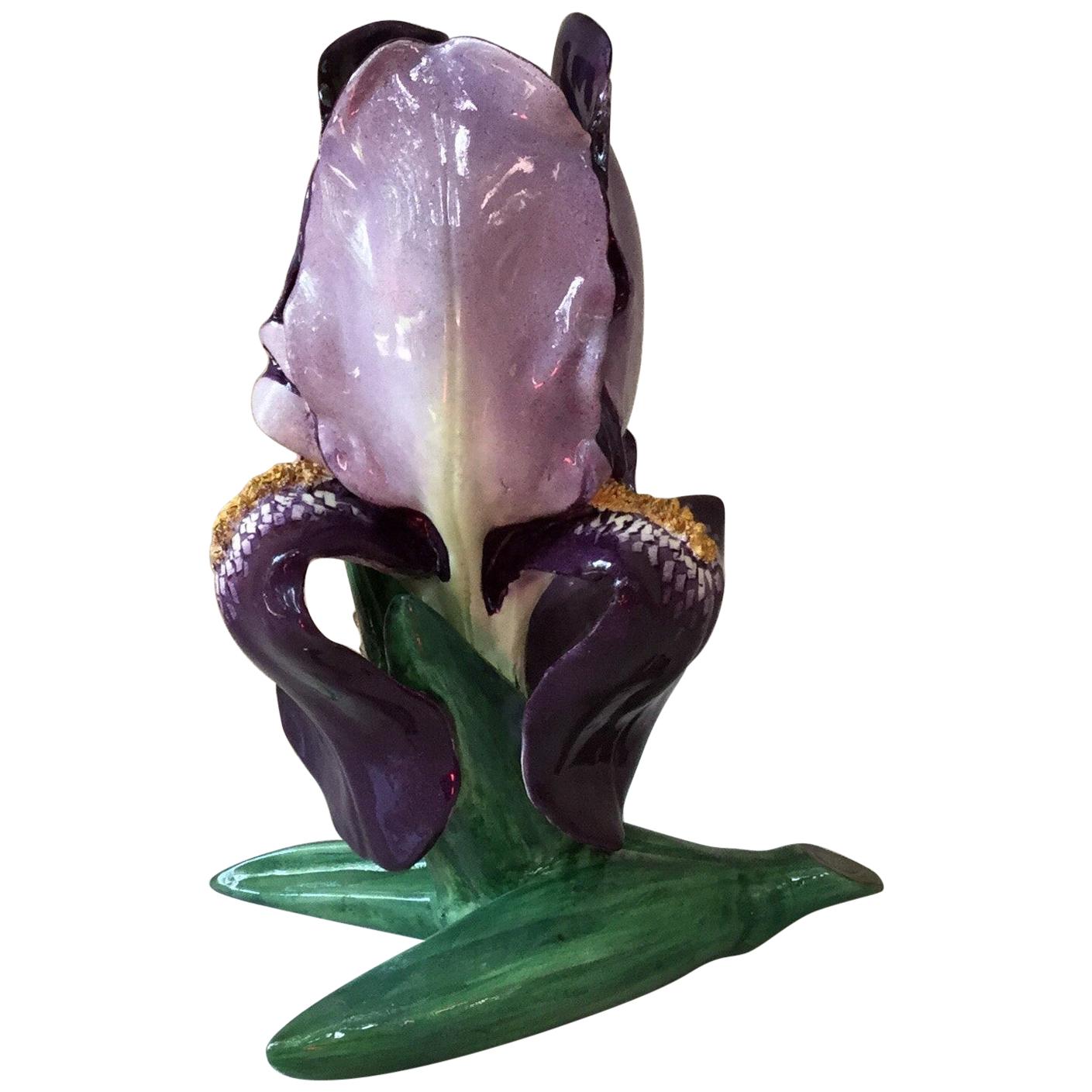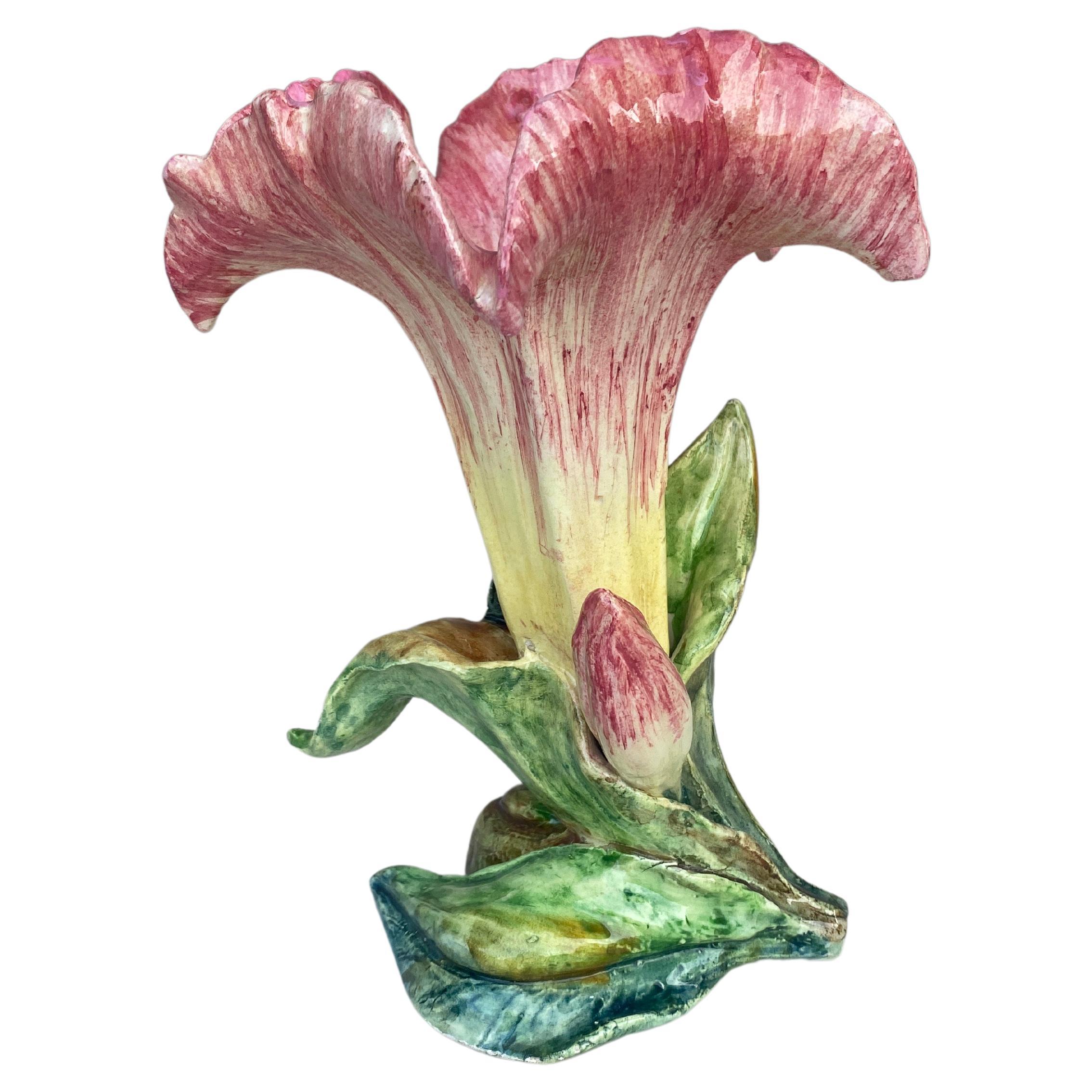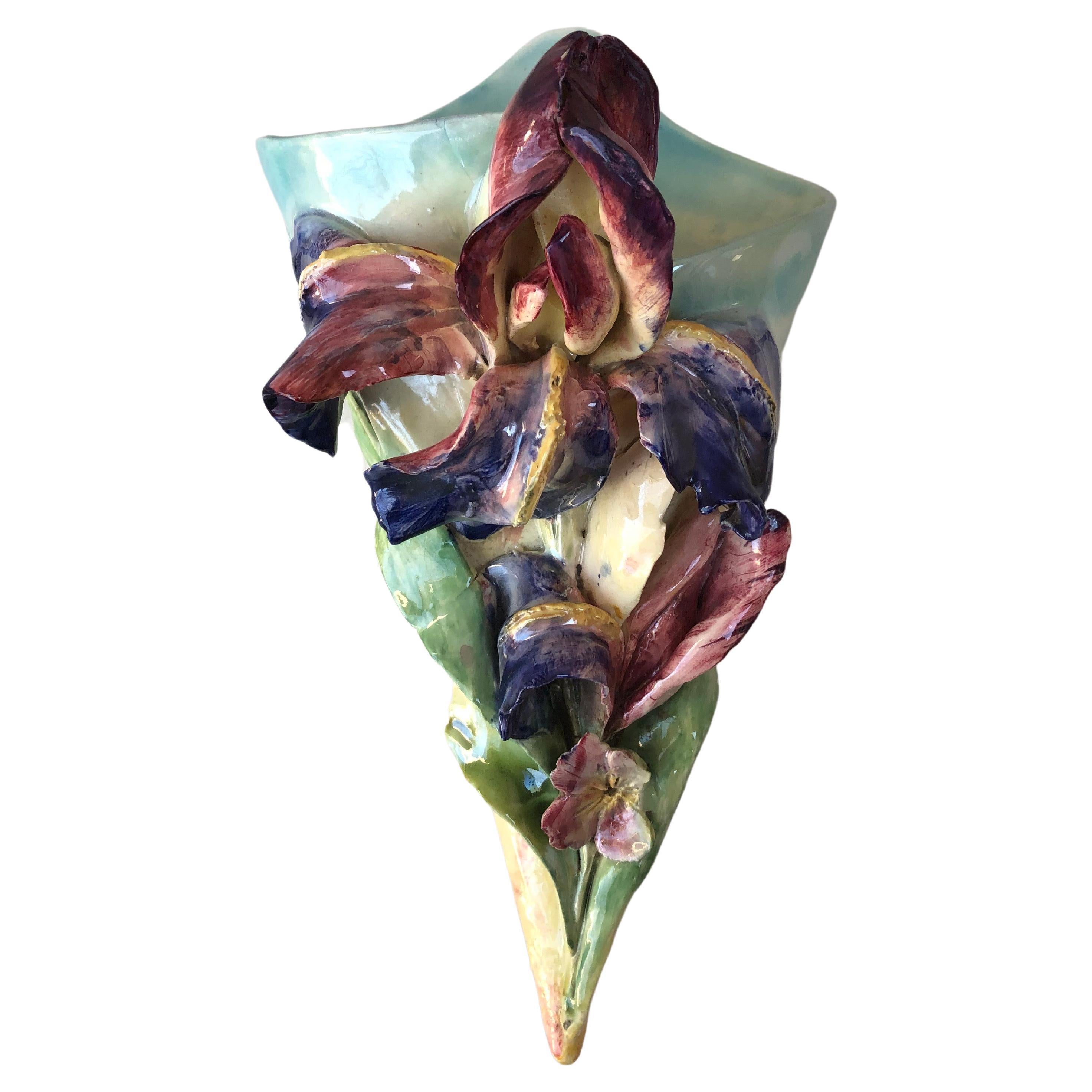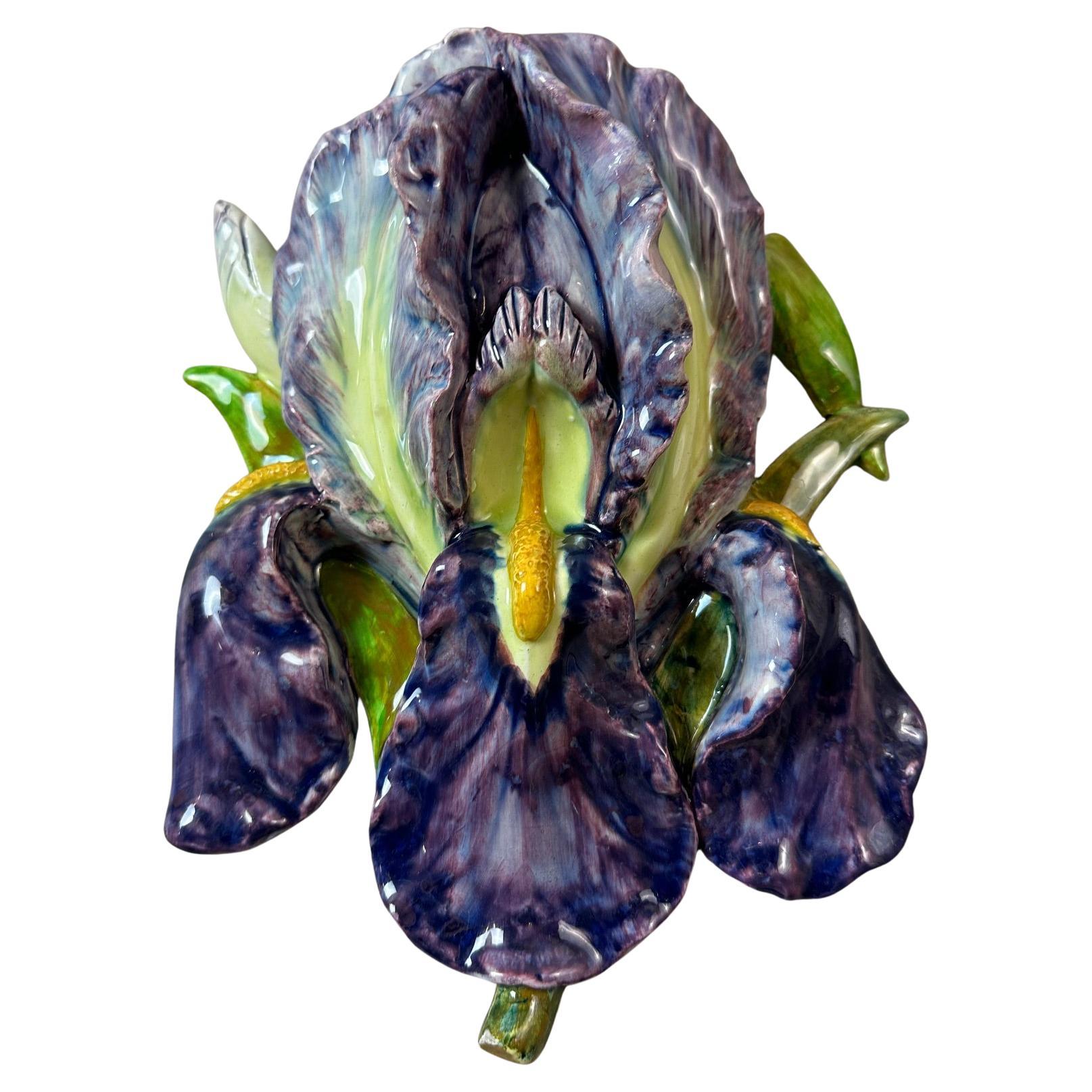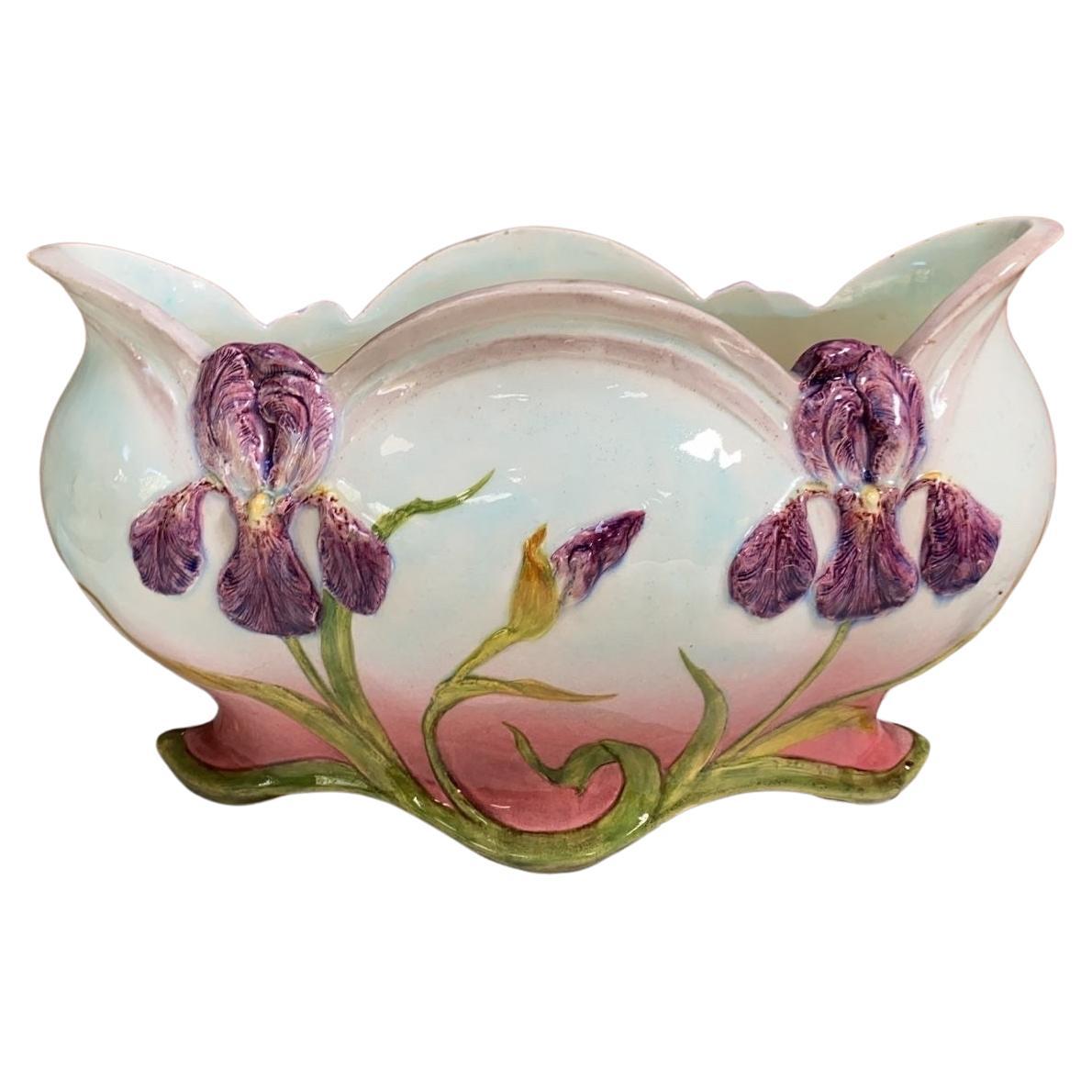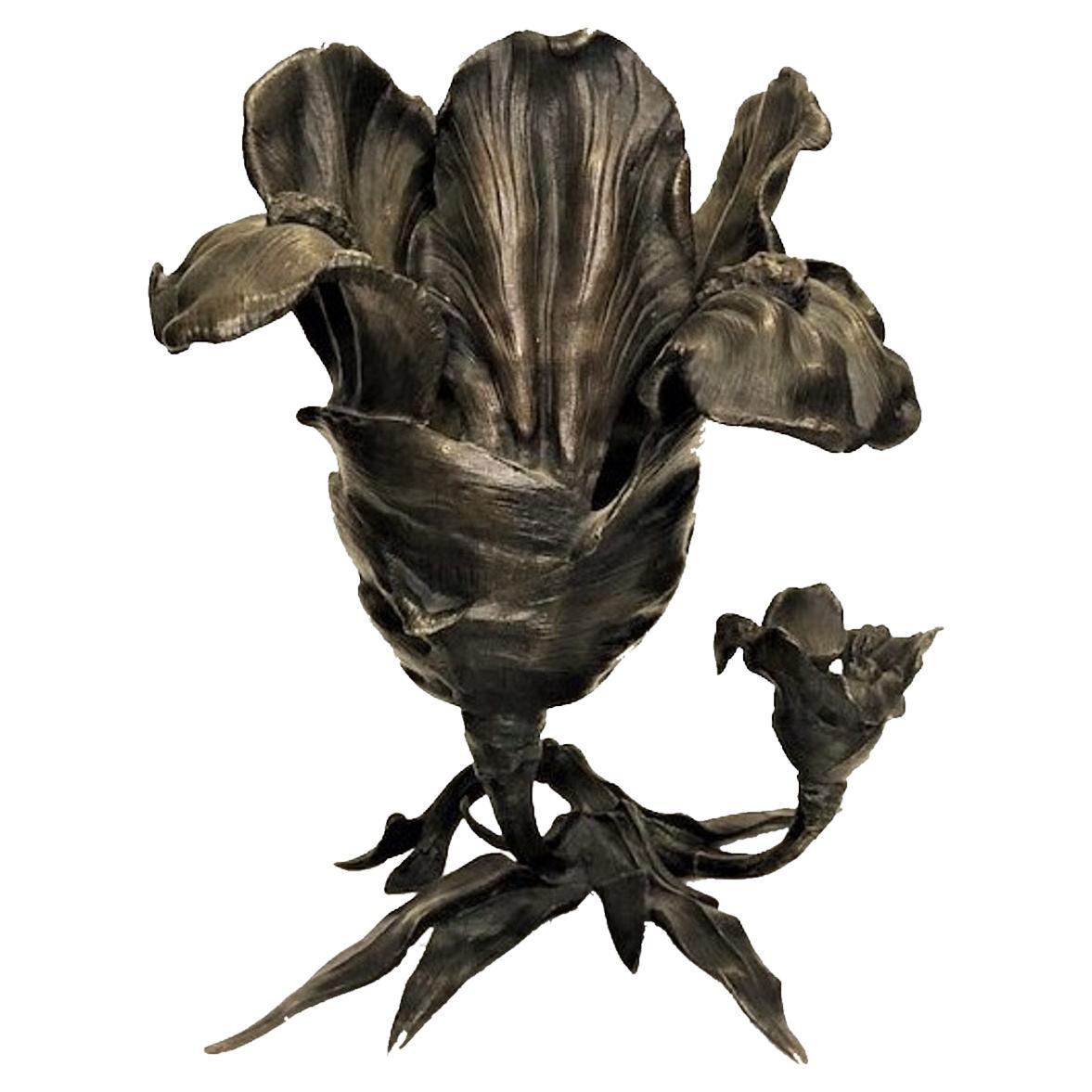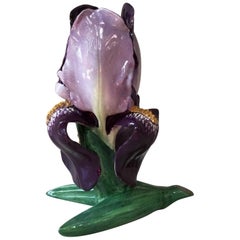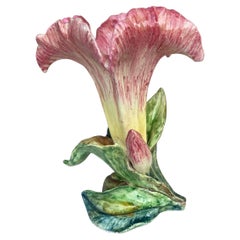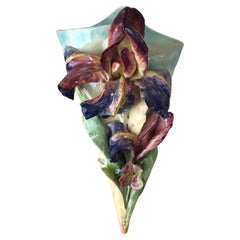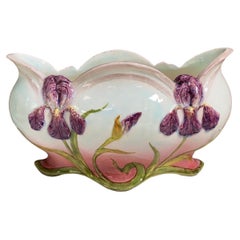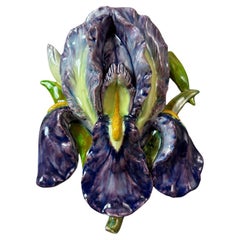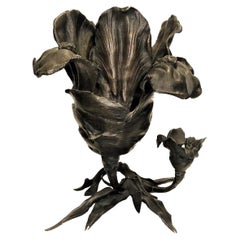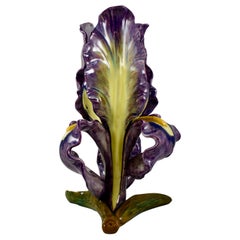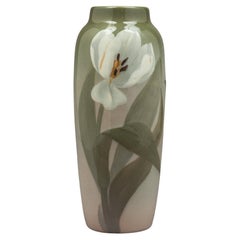Items Similar to Large French Majolica Iris Vase Massier, circa 1880
Want more images or videos?
Request additional images or videos from the seller
1 of 9
Large French Majolica Iris Vase Massier, circa 1880
$2,900
£2,248.57
€2,551.43
CA$4,157.03
A$4,520.17
CHF 2,381.69
MX$54,906.99
NOK 29,942.65
SEK 28,068.82
DKK 19,146.25
About the Item
Large French Majolica Iris Vase Massier, circa 1880.
- Attributed to:Delphin Massier (Artist)
- Dimensions:Height: 12 in (30.48 cm)Width: 8.5 in (21.59 cm)Depth: 5.5 in (13.97 cm)
- Style:Art Nouveau (Of the Period)
- Materials and Techniques:
- Place of Origin:
- Period:
- Date of Manufacture:1880
- Condition:
- Seller Location:Austin, TX
- Reference Number:1stDibs: LU2379340747932
About the Seller
5.0
Platinum Seller
Premium sellers with a 4.7+ rating and 24-hour response times
Established in 1995
1stDibs seller since 2016
1,958 sales on 1stDibs
Typical response time: <1 hour
- ShippingRetrieving quote...Shipping from: Austin, TX
- Return Policy
Authenticity Guarantee
In the unlikely event there’s an issue with an item’s authenticity, contact us within 1 year for a full refund. DetailsMoney-Back Guarantee
If your item is not as described, is damaged in transit, or does not arrive, contact us within 7 days for a full refund. Details24-Hour Cancellation
You have a 24-hour grace period in which to reconsider your purchase, with no questions asked.Vetted Professional Sellers
Our world-class sellers must adhere to strict standards for service and quality, maintaining the integrity of our listings.Price-Match Guarantee
If you find that a seller listed the same item for a lower price elsewhere, we’ll match it.Trusted Global Delivery
Our best-in-class carrier network provides specialized shipping options worldwide, including custom delivery.More From This Seller
View AllMajolica Iris Vase Massier, circa 1880
By Delphin Massier
Located in Austin, TX
Tall Majolica iris vase Massier unsigned of the end of 19th century.
Art Nouveau period.
Category
Antique 1880s French Art Nouveau Vases
Materials
Ceramic
Majolica Lily Flower Vase Jerome Massier, circa 1900
By Jerome Massier
Located in Austin, TX
Rare Majolica Lily vase Jerome Massier, circa 1900.
The Massier family are known for the quality of their unique enamels and paintings. They produced an ...
Category
Antique Early 1900s French Art Nouveau Vases
Materials
Ceramic, Faience, Majolica
French Majolica Iris Wall Pocket Longchamp, circa 1880
By Longchamp
Located in Austin, TX
French Majolica iris wall pocket Longchamp, circa 1880.
Category
Antique 1880s French Art Nouveau Decorative Art
Materials
Ceramic, Faience
Majolica Iris Jardiniere Delphin Massier, circa 1890
By Delphin Massier
Located in Austin, TX
French Majolica oval jardiniere attributed to Delphin Massier, circa 1890.
The Massier family are known for the quality of their unique enamels and paintings. They produced an incre...
Category
Antique 1890s French Art Nouveau Planters, Cachepots and Jardinières
Materials
Ceramic, Majolica
19th Century French Majolica Purple & Pink Iris Cache Pot
Located in Austin, TX
19th French Majolica purple and pink iris cache pot.
H / 8.5 inches
D / 10 to 8.8 inches.
Category
Antique 1890s French Art Nouveau Planters, Cachepots and Jardinières
Materials
Ceramic
19th Century French Majolica Iris Jardiniere Onnaing
By Onnaing
Located in Austin, TX
Small 19th century French Majolica Iris Jardiniere Onnaing.
Category
Antique 1890s French Art Nouveau Planters, Cachepots and Jardinières
Materials
Ceramic
You May Also Like
Early 20th century French Barbotine Wall Flower Vase, 1900s
By Delphin Massier
Located in LEGNY, FR
A very nice wall-mounted vase called a bouquetière in barbotine (earthenware) from the late 19th century.
In the Massier style, in imitation of a purple iris. Very good condition. Su...
Category
20th Century French Vases
Materials
Earthenware
French Art Nouveau Patinated Bronze Sculptural Iris Vase, ca. 1900
Located in New York, NY
ABOUT IRIS
The iris is a special and mysterious flower. Not only because of its striking appearance, but also from an artistic and historical point of view. It is also like a work of art, as though created by Mother Nature. The unique leaves of this plant not only create wonderful shadow casts, but also look as if they were painted by hand. It's no wonder that iris acts as the muse for countless artists, and can be seen in many famous works of art.
The iris was first spotted in the time of Pharaoh Thutmose, in 1504 BC. He had the iris inscribed into the wall reliefs of a temple as a sign of his power, as well as decorating his sceptre with motifs of the flower. Since then, the iris has been a symbol of victory in Egypt. But the symbolism of the iris goes further than that. In Japan, the flower represents courage and is the symbol of the boys' festival. In Islamic cultures, the iris is a symbol of prosperity. In Europe, the flower was a popular weapon symbol in the Middle Ages and stood for chivalry. And in Christianity, the iris was seen as a symbol of the trinity because of its three-part flowers. With more than 300 varieties, the iris is now the most popular flower among growers and gardeners following the rose.
Countless artists use the iris in their works and the flower is present in all eras. You can see the flower on furniture, vases, jewelry, fabrics, sculptures, coats of arms and much more. Did you know that the iris is also called the sword lily? It's not a coincidence that it used to symbolize physical and emotional pain and suffering caused by a weapon. We also see the flower in religious art, where it's often associated with Mary and Jesus. The iris is also associated with the Greek goddess Iris, where the flower symbolizes reconciliation and divine messages. This is also reflected in many paintings.
Finally, the iris is also visible in Dutch and Flemish still-life paintings. This can be in a religious form, incorporated into an object or as a decorative flower.
In the Art Nouveau art movement, the iris (along with other plants, such as the birch) was often used as an expression of feminine beauty. With its almost otherworldly appearance, the iris is perfectly suited to the Art Nouveau aesthetic and is featured in many well-known works of art. The poet of that era, Hermann Hesse...
Category
Antique Early 1900s French Art Nouveau Planters, Cachepots and Jardinières
Materials
Bronze
Jérôme Massier Purple and Yellow Bearded Iris Vase Vallauris France, 1860-1880
By Jerome Massier Fils
Located in Philadelphia, PA
A late 19th century French majolica glazed earthenware tall vase modeled as a Bearded Iris. Three purple and yellow cascading petals surround the head of the Iris. The footing is mol...
Category
Antique Late 19th Century French Aesthetic Movement Vases
Materials
Ceramic
Rookwood Iris-Glazed Vase, Dated 1903
Located in New York, NY
With tulip decoration. Impressed marks and incised P.F..
Category
Antique Early 1900s American Vases
Materials
Porcelain
Art Nouveau Majolica Vase by Gerbing & Stephan, Bohemia circa 1910
Located in Lichtenberg, AT
Remarkable rare Art Nouveau Majolica vase by Gerbing & Stephan from the early period in Bohemia around 1910. The beautiful shaped grey blue c...
Category
Early 20th Century Czech Art Nouveau Vases
Materials
Majolica
19th Century French Orchies Majolica Glazed Floral Form Vase
By Orchies
Located in Philadelphia, PA
A late 19th century French majolica glazed earthenware vase modeled as an open flower on a leafy stem, attributed to Orchies, Northern France, circa 1890-1900.
A deep rusty-red fl...
Category
Antique Late 19th Century French Aesthetic Movement Vases
Materials
Earthenware
More Ways To Browse
Majolica Iris
Lapid Israel
Lisa Larsson Vintage
Lisa Larsson
Loetz Papillon
Luster Vases Antique
Mantle Vase
Modernist Ikebana
Mottled Glass Vase
Mountain Vase
Murano Amphora
Murano Carlo Nason Vase
Murano Cornucopia
Murano Glass Cornucopia
Murano Opalescent Vase
Murano Threaded Glass Vase
Murano Vase Applied
Orange Yellow Vase Glass
